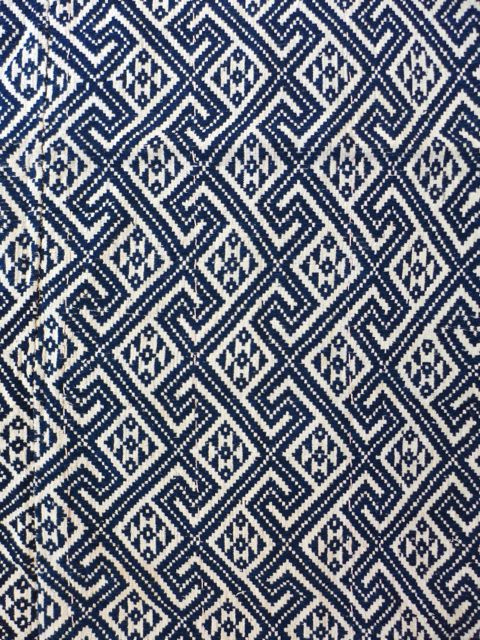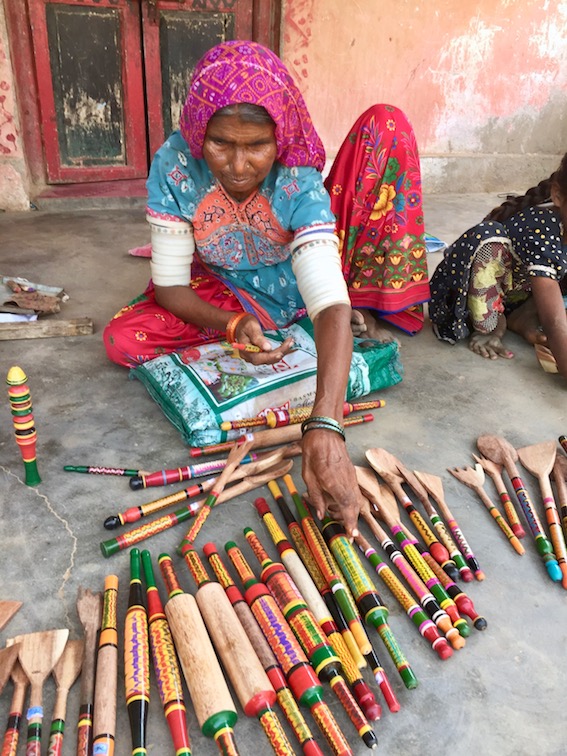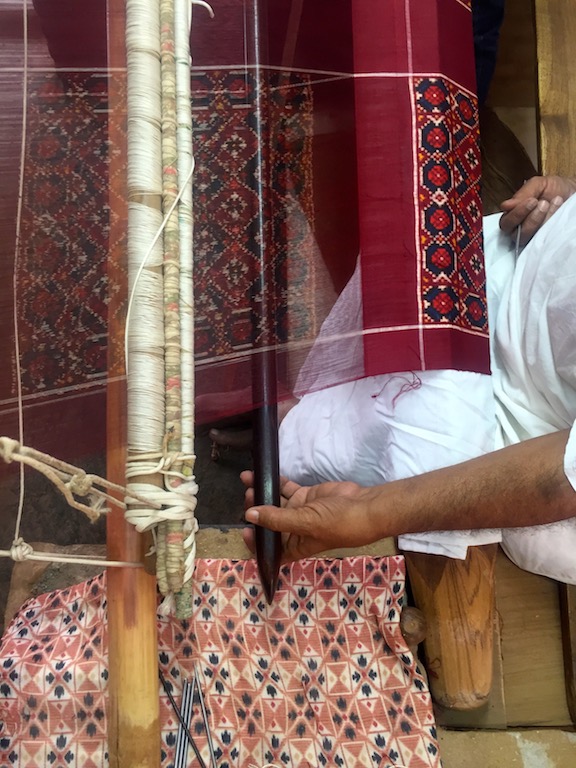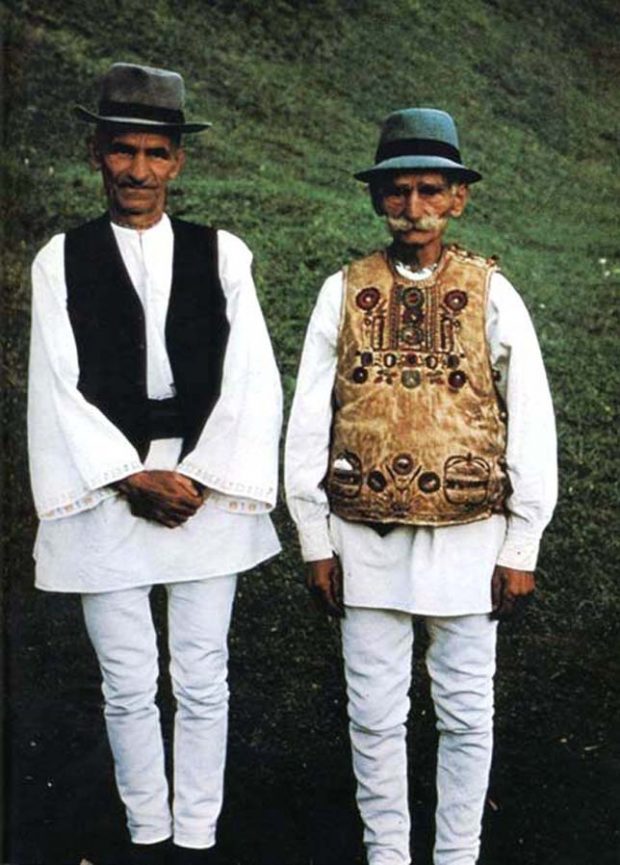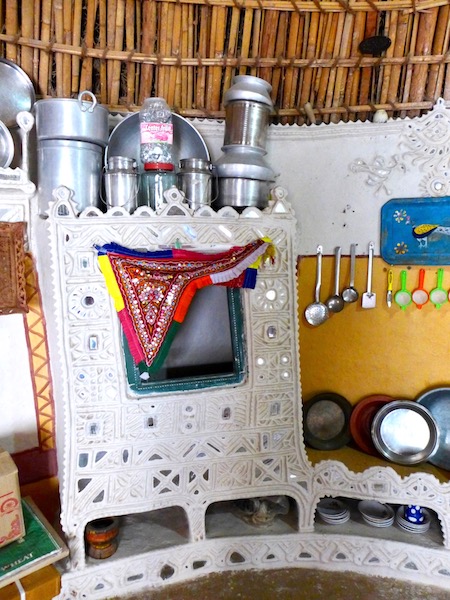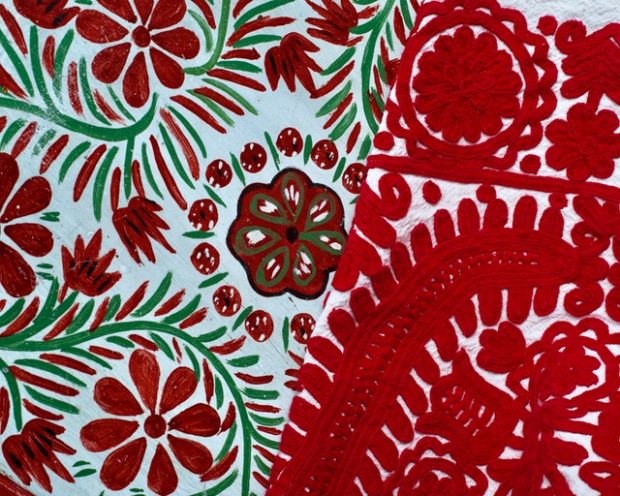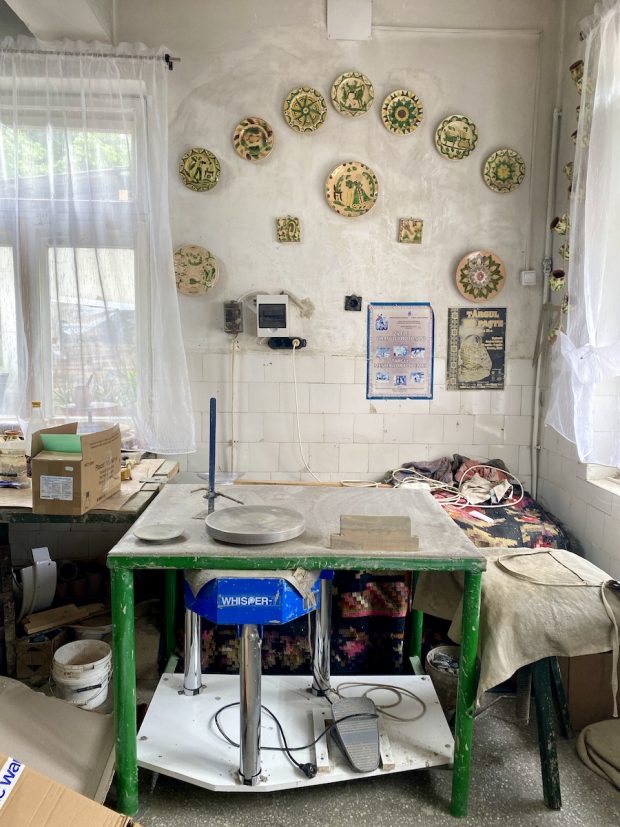 The Ceramic from Botoșani is known for their joyful figurative designs in tricolor with green, yellow and brown. Botoșani is the capital of Botoșani County, in the northern part of Moldavia, Romania, 60 kilometers away from the ukrainian border. The ceramic is in the same tradition as the pottery from nearby Kosiv, the Huzul capital, in Ukraine. The plot motif of the ceramic from Botoșani expresses the history, life, folklore, traditional customs and surrounding flora and fauna. The decor is carved into the dried, but not yet burnt, engobe glaze with the help of the “sgrafitto” technique. There are many farmers and lovers on the plates bowls and pots, but also pub owners, weavers and shepherds. The green color symbolizes the forest, yellow the sun, brown the mother earth and white stands for purity.
The Ceramic from Botoșani is known for their joyful figurative designs in tricolor with green, yellow and brown. Botoșani is the capital of Botoșani County, in the northern part of Moldavia, Romania, 60 kilometers away from the ukrainian border. The ceramic is in the same tradition as the pottery from nearby Kosiv, the Huzul capital, in Ukraine. The plot motif of the ceramic from Botoșani expresses the history, life, folklore, traditional customs and surrounding flora and fauna. The decor is carved into the dried, but not yet burnt, engobe glaze with the help of the “sgrafitto” technique. There are many farmers and lovers on the plates bowls and pots, but also pub owners, weavers and shepherds. The green color symbolizes the forest, yellow the sun, brown the mother earth and white stands for purity.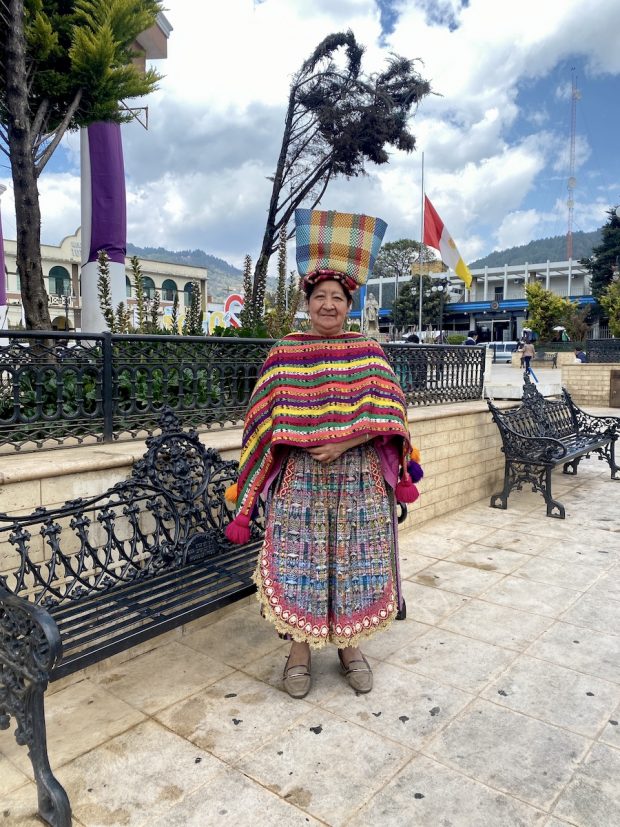 Market bags are essential items in a woman’s wardrobe in Guatemala. The modern versions of this traditional bags are woven by hand with recycled plastic strips, most of them with fancy color combinations. Basketry is maybe the most important crafts in Guatemala to produce funktional objects for everyday life. Since the 20th century natural materials such as palm weaves, grass and reads have been increasingly replaces by recycled plastic strips. They are more durable, can carry more weight and are easier to get. Not to mention their beautiful colours. A bag like this will give you many years of pleasure.
Market bags are essential items in a woman’s wardrobe in Guatemala. The modern versions of this traditional bags are woven by hand with recycled plastic strips, most of them with fancy color combinations. Basketry is maybe the most important crafts in Guatemala to produce funktional objects for everyday life. Since the 20th century natural materials such as palm weaves, grass and reads have been increasingly replaces by recycled plastic strips. They are more durable, can carry more weight and are easier to get. Not to mention their beautiful colours. A bag like this will give you many years of pleasure.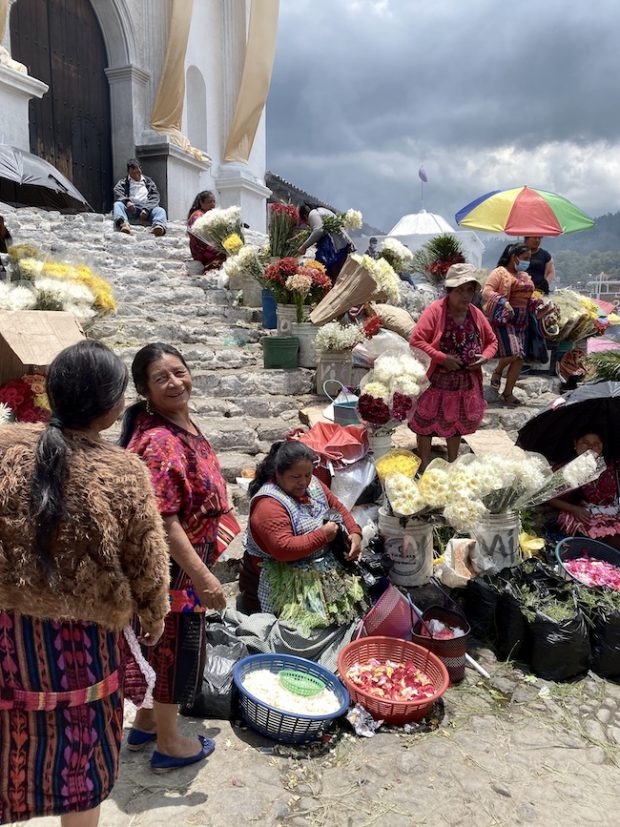 In the early 16th century, when the Maya greeted the Spaniards friendly, they do not suspect how much misfortune would bring them these visitors. More than 500 years and many colonial crimes later, however, have preserved their cordiality towards foreign visitors. Many still wear their traditional clothes in everyday life, for which some tourists would give up their new Balenciaga dress without batting an eye. Most of the Huipils, the most common traditional garment in Guatemala are made on a backstrap loom. According to Quiche tradition, the art of weaving comes from the moon goddess Ixchel, and she is often represented as the Cosmic Weaver, seated in a backstrap loom.
In the early 16th century, when the Maya greeted the Spaniards friendly, they do not suspect how much misfortune would bring them these visitors. More than 500 years and many colonial crimes later, however, have preserved their cordiality towards foreign visitors. Many still wear their traditional clothes in everyday life, for which some tourists would give up their new Balenciaga dress without batting an eye. Most of the Huipils, the most common traditional garment in Guatemala are made on a backstrap loom. According to Quiche tradition, the art of weaving comes from the moon goddess Ixchel, and she is often represented as the Cosmic Weaver, seated in a backstrap loom.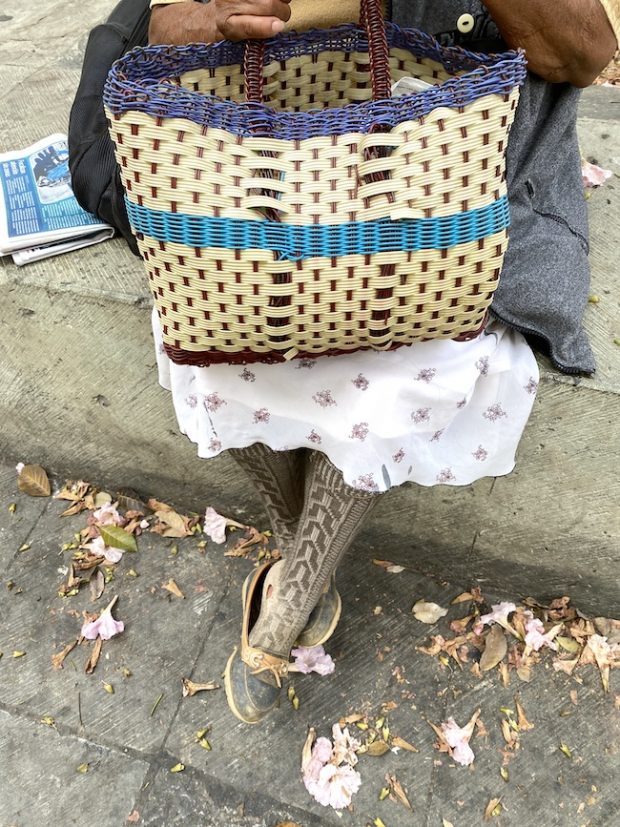 These handmade bags made of colourful plastic stripe are maybe one of the most successful products in Mexico. Probably every woman in the country has at least one. The iconic baskets are everywhere specially at the markets and on the streets. The Basketry of Mexico has its origins far into the pre Hispanic period, it’s on of Mesoamerica’s oldest crafts, specially products for the daily use like the transport of wares. Nowadays the bags are traditionally made by prisoners, to earn some money for their familiy. This job opportunity based on a government initiative that began in the early 20th century, to learn an artisan skill in order to provide a small income. The prision give only permission, they do not support the business nor provide the material.
These handmade bags made of colourful plastic stripe are maybe one of the most successful products in Mexico. Probably every woman in the country has at least one. The iconic baskets are everywhere specially at the markets and on the streets. The Basketry of Mexico has its origins far into the pre Hispanic period, it’s on of Mesoamerica’s oldest crafts, specially products for the daily use like the transport of wares. Nowadays the bags are traditionally made by prisoners, to earn some money for their familiy. This job opportunity based on a government initiative that began in the early 20th century, to learn an artisan skill in order to provide a small income. The prision give only permission, they do not support the business nor provide the material.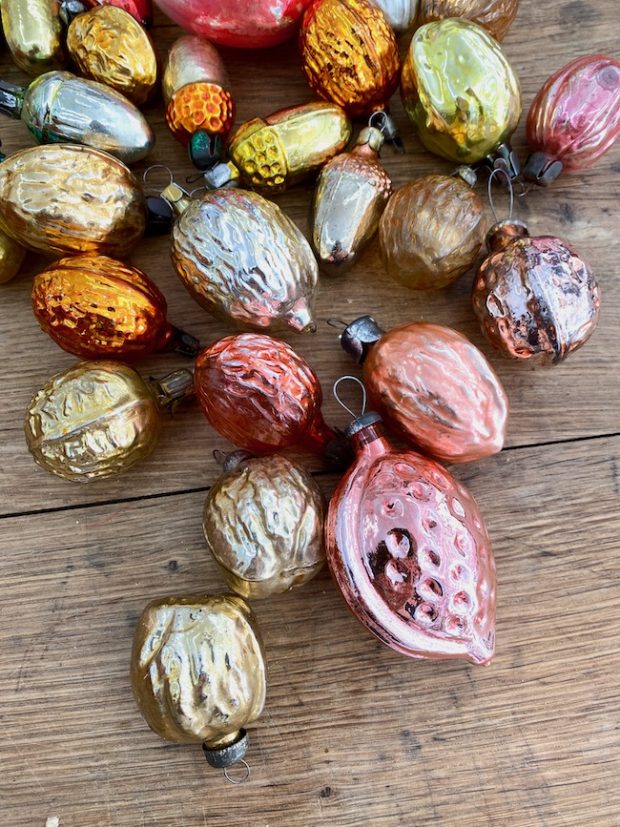 Since 1937, the Jolka Festival has been celebrated in Russia on NewYear’s Day. Jolka stands in Russian for „fir tree”, which is splendidly decorated as a symbol of winter. Originally, the festival was intended as a substitute for the Christian Christmas, which the Soviets had banned in the October Revolution of 1917. Christmas with all its gifts was considered a capitalist feast for the wealthy bourgeoisie. The prohibition lasting until about 1935 when the New Year’s tree was revived for the children, and celebrated with Soviet ornaments and decorations. Ornaments of a religious nature were not allowed, but ornaments that could be used as toys or candy containers were available. The themes of the small glass objects were as secular as the occasion of the festival.
Since 1937, the Jolka Festival has been celebrated in Russia on NewYear’s Day. Jolka stands in Russian for „fir tree”, which is splendidly decorated as a symbol of winter. Originally, the festival was intended as a substitute for the Christian Christmas, which the Soviets had banned in the October Revolution of 1917. Christmas with all its gifts was considered a capitalist feast for the wealthy bourgeoisie. The prohibition lasting until about 1935 when the New Year’s tree was revived for the children, and celebrated with Soviet ornaments and decorations. Ornaments of a religious nature were not allowed, but ornaments that could be used as toys or candy containers were available. The themes of the small glass objects were as secular as the occasion of the festival.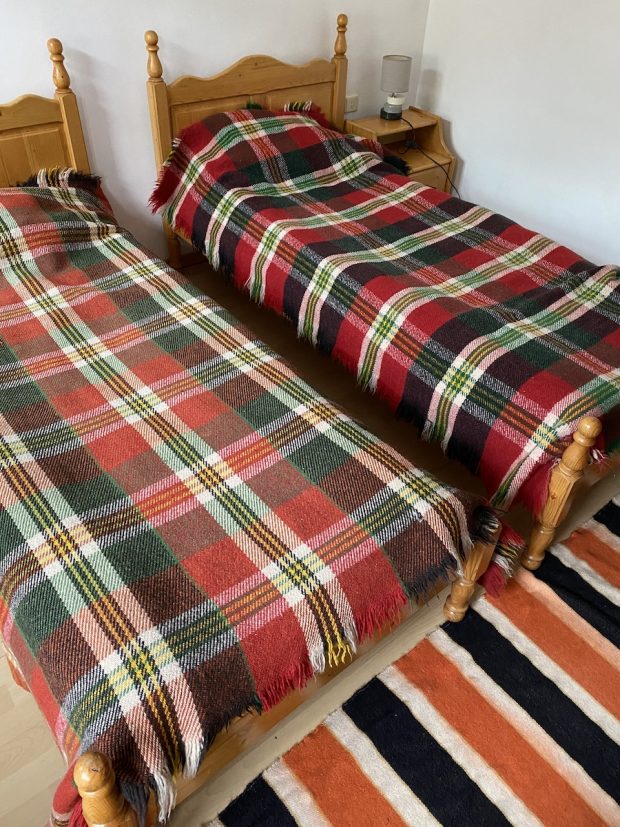 The Rhodope mountains lie in the South East of Bulgaria – on the border with Greece. It is said that they were once the home of Orpheus, the poet and singer of Greek mythology, who could sing so beautifully that even the hellhound Zerberus stopped barking. In these high lands the weaving skills learnt over generations to make warm and very durable blankets.
The Rhodope mountains lie in the South East of Bulgaria – on the border with Greece. It is said that they were once the home of Orpheus, the poet and singer of Greek mythology, who could sing so beautifully that even the hellhound Zerberus stopped barking. In these high lands the weaving skills learnt over generations to make warm and very durable blankets.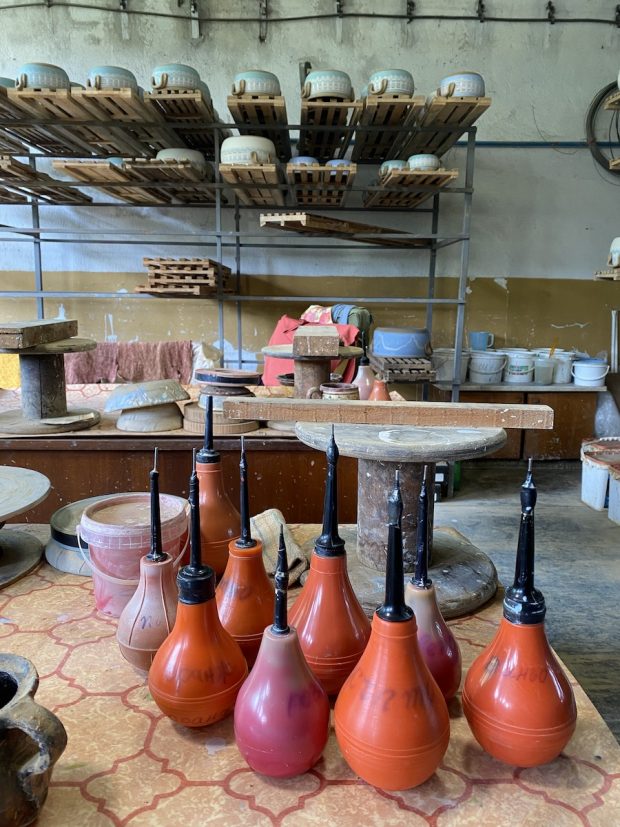 For our new ceramics from Bulgaria we revived the magnificent history of the local pottery from Troyan. Over centurys the craftmen were inspired by the paintings of the famous Troyan monastery nearby. Nowadays fine examples of traditional pottery can be seen only in the town’s museum. We start to immitate these old models in a modern way with one of the last remaining pottery workshops in Troyan.
For our new ceramics from Bulgaria we revived the magnificent history of the local pottery from Troyan. Over centurys the craftmen were inspired by the paintings of the famous Troyan monastery nearby. Nowadays fine examples of traditional pottery can be seen only in the town’s museum. We start to immitate these old models in a modern way with one of the last remaining pottery workshops in Troyan.